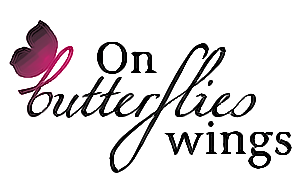It’s not just flowers that attract butterflies
By DALE CLARK
Special Contributor
Published: 21 September 2011 05:47 PM
For most people, butterflies and flowers go hand in hand. Everyone knows butterflies visit flowers to drink their sugary-sweet nectar, but what most people do not realize is that many butterflies have other tastes when it comes to a meal. Some preferences include a few unsavory sources, such as tree sap, mud, fermenting fruit, animal dung, even road kill.
The most ardent butterfly gardener is not going to provide road kill in the backyard, but fermenting fruit is a highly attractive lure to several species found in North Texas.
Most of us are guilty of letting fresh fruit go to waste. Those blackened bananas, however, are a perfect meal for a host of butterflies a local gardener would not usually attract by planting zinnias and other flowers.
Place an overripe banana on a dish and split it open to expose the mushy flesh. Place the container outside in dappled light, preferably off the ground to avoid ants. Before long, you might see butterflies checking out the sweet, gooey, fermenting treat. Question marks, red admirals, red spotted-purples, hackberry and tawny emperors are a few of our native species that are readily drawn by the goopy offering.
I use bananas regularly because they’re cheap, but many other fruits are just as enticing to your winged guests. Plums, pears, mangoes, cantaloupe and watermelon are just a few of the options. The type of fruit isn’t as important as that it be a bit overripe. It is the sweet, fermented juices that the butterflies seek. Sometimes the insects become inebriated, which can allow a very close look at them as they feed.
People passionate about providing an ideal habitat for butterflies are known to mix up a butterfly bait using the rotten fruit as the basis of the brew. Recipes are varied, but the basics are the fruit you have on hand, a bit of brown sugar and dark beer or baker’s yeast to help with fermentation. Most people smear the mixture on a tree trunk, sit back and watch. If this sounds like too much work, just stick with the plate of rotting fruit. It’s easier and works just fine.
Check your bait at night, too. Moths, which greatly outnumber butterflies, are just as attracted to the concoction as their daytime counterparts. You’ll get other visitors to this fetid feast — wasps, bees, flies and other insects — but it’s worth it to see butterfly and moth visitors that you’d otherwise be missing.
Dale Clark is co-founder of the Dallas County Lepidopterists’ Society.
garden@dallasnews.com














